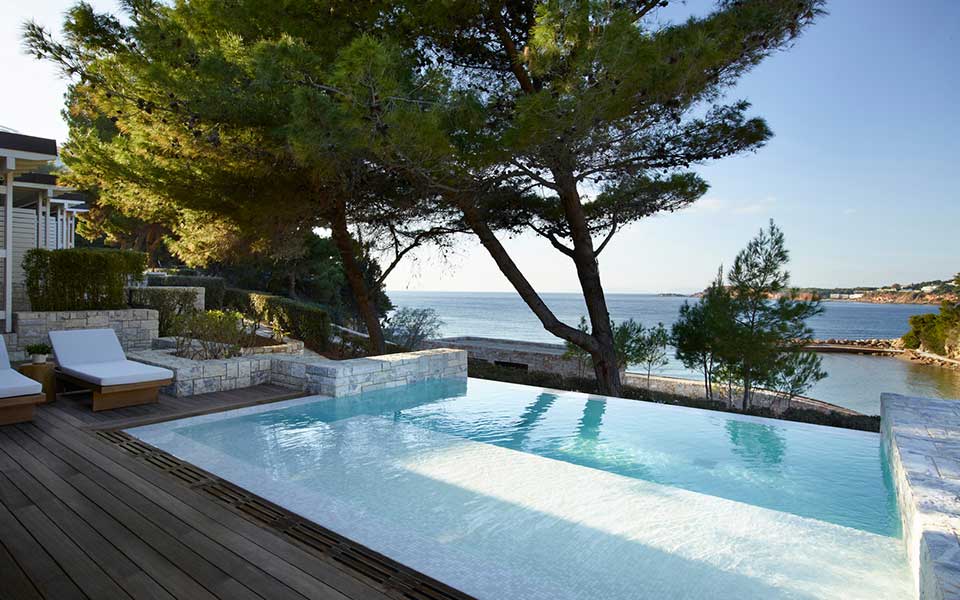The average occupancy rate and price per room reveal a two-speed hotel market in Greek tourism, as is also reflected in the preferences of foreign visitors to this country.
While occupancy rates at higher-category hotels in the center of Athens, for example, have reached – or in some cases exceeded – pre-pandemic levels, occupancy at units outside the city center remains very low. The same goes for seaside resorts where hotels have been open since Easter, as occupancy at the more luxurious units was at 80-90% over Easter, while it was much lower at two- or three-star hotels.
Market experts attribute this discrepancy to the quality of service and infrastructure, as well as the competition lower-category hotels face from short-term rentals.
According to a survey by the Institute for Tourism Research and Forecasts (ITEP) for the Hellenic Chamber of Hotels, the average occupancy for year-round hotels amounted to 48.7% in April, and that of city hotels reached 51%, while there are confirmed data showing that in the center of Athens the rate came close to 80%. The same figures reveal mountain resorts saw two- or three-star hotels that were open there only 37.7% full, just as many five-star units in the same category enjoyed occupancy of at least 70-75%.
This article was previously published at ekathimerini.com.












